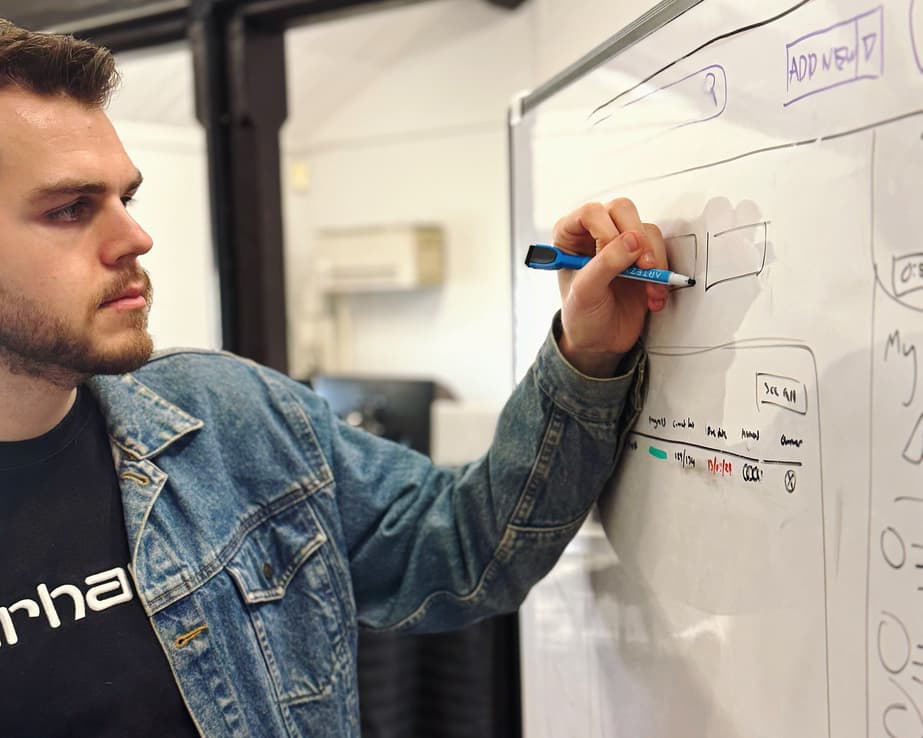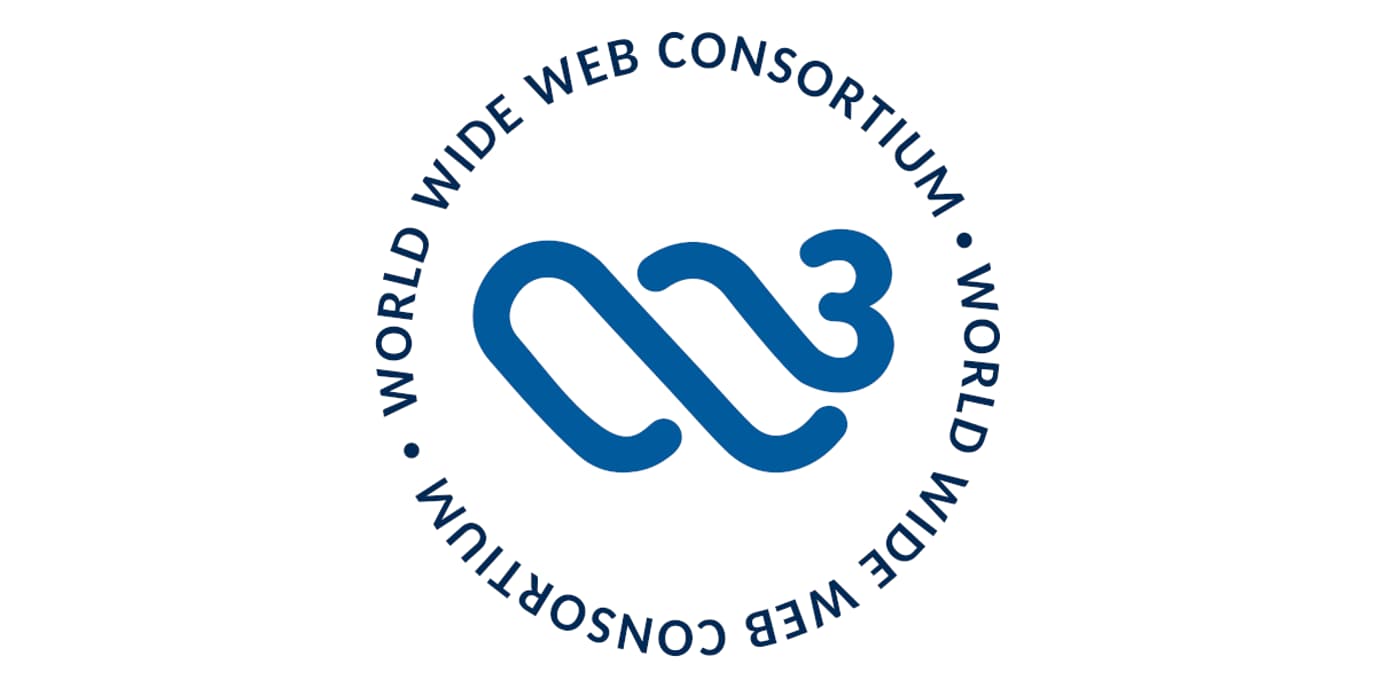Inclusive design makes digital experiences better for everyone by designing with people in mind.

Inclusive design is often talked about in the context of accessibility, but it’s much broader than that. It’s about creating digital experiences that work for everyone, not just those who fit a particular profile or use a specific device. At its core, it’s about empathy, adaptability, and respect for human difference.
When you approach digital projects with inclusion in mind, you end up with products that aren’t just more accessible – they’re smarter, clearer, as well as easier and more enjoyable to use.
What inclusive design really means
Inclusive design recognises that people interact with technology in different ways. Some users rely on assistive technologies. Others are using a phone in bright sunlight, or have temporary injuries, or are simply in a rush. All of these scenarios matter, and inclusive design considers them from the outset.
It’s not about designing a single interface that works for everyone in exactly the same way. It’s about creating systems flexible enough to meet users’ needs. When done right, inclusive design makes the user experience more forgiving and more human.
Accessibility versus inclusion
Accessibility focuses on whether someone can use a website or product. Inclusive design goes further and asks whether it feels like it was made for them. Accessibility is about compliance; inclusion is about connection.
A product that technically meets accessibility standards might still feel frustrating or alienating if it hasn’t been designed with empathy. Inclusive design combines both – meeting standards while ensuring that users feel understood and valued.
Why inclusion leads to better experiences
Designing inclusively forces you to strip away friction. You simplify navigation, clarify content, improve contrast, and make interactions more predictable. Those improvements don’t just help users with specific accessibility needs, they improve the experience for everyone.
Captions, for example, support people who are deaf or hard of hearing, but they also help anyone watching a video in a noisy café or on a train if they don’t have headphones to plug in. Clear error messages guide users with cognitive challenges but also reduce frustration for every customer trying to complete a form. Good inclusive design is simply good design.
The result is better engagement, fewer support requests, stronger search visibility, and a brand that feels considerate rather than careless. People notice when something has been designed with care.
Removing barriers, not adding layers
Exclusion rarely happens deliberately. It’s often the by-product of rushed or overlooked decisions, or a lack of training. It may also be based on assumptions that everyone navigates in the same way, uses the same gestures, or understands the same cultural references. Small choices, like relying solely on colour to show status, can make an interface unusable for some users.
Inclusive design replaces assumptions with awareness. It means testing with real users, writing clear language, and making sure every element serves a purpose. The process doesn’t slow projects down, it sharpens them.
Inclusion as a process, not a phase
The most effective teams treat inclusion as a continuous process rather than a final checklist. They involve diverse users in research, use plain language in their content, and treat accessibility issues as bugs to be fixed, not as optional extras.
It’s a habit that builds over time. Each improvement makes the next one easier, creating a culture where inclusive thinking becomes second nature rather than an afterthought.
The business impact
There’s a clear commercial advantage to inclusion. Accessible, well-structured websites tend to perform better in search rankings, have lower bounce rates, and convert more effectively. They reach a wider audience and leave a more positive impression.
But beyond the numbers, inclusive design signals integrity. It tells users that your brand values everyone’s experience, not just those who happen to fit within the majority. In an increasingly competitive digital landscape, that level of consideration stands out.
Moving from compliance to care
Ultimately, inclusive design is about mindset. It asks teams to shift from “Does it work?” to “Who does it work for?” and “Who might we be excluding?” That small change in perspective transforms not just how we design, but how we think about the people we’re designing for.
When you build with empathy, you uncover insights that make your products more flexible, more accessible, and more relevant. You stop designing for edge cases and start designing for real people.
In summary
Inclusive design isn’t an add-on or a luxury. It’s what makes digital work better – for users, for teams, and for businesses. When we design for difference, we don’t just create fairer experiences; we create stronger ones.
The most inclusive products are often the simplest, the most intuitive, and the most loved. That’s no coincidence. It’s the natural outcome of design that starts with people, not assumptions.





